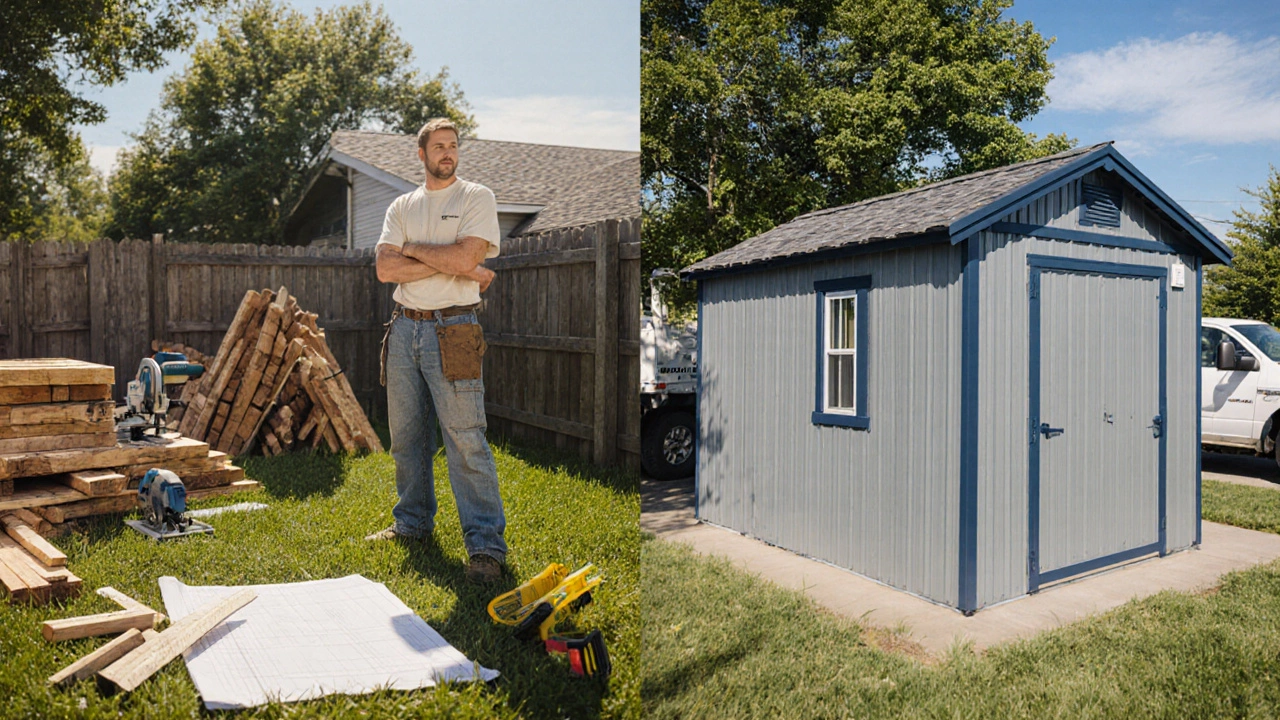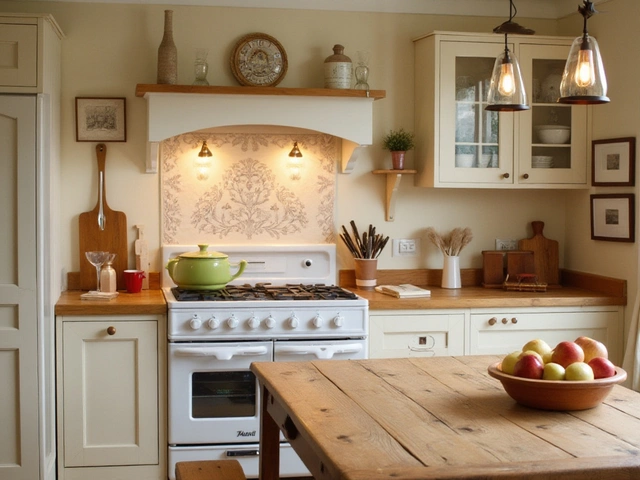Lumber Pricing
When talking about Lumber Pricing, the cost per unit of timber used in building and renovation projects. Also known as timber cost, you’re really looking at a key factor that shapes Construction Costs, overall expenses of building a home or structure, influences Supply Chain, the network that moves raw wood from forest to store, and reflects current Market Trends, patterns in demand, pricing and availability of timber. Understanding these links helps anyone from a DIY homeowner to a professional builder make smarter decisions.
What Drives Lumber Prices?
First off, demand spikes when housing starts rise. Builders need more studs, joists, and framing lumber, which pushes prices up. At the same time, supply can wobble due to weather events, logging restrictions, or transportation bottlenecks. Those two forces create the classic supply‑and‑demand dance that every buyer feels. For example, a harsh winter in the Pacific Northwest can shave millions of board feet off the annual harvest, tightening the lumber pricing market overnight.
Another driver is the cost of production inputs – resin, chemicals, and labor. When energy prices climb, sawmills see higher operating costs and often pass those on. This ripple effect shows why a spike in diesel fuel can translate into steeper prices at your local lumberyard. Recognizing this chain lets you time purchases for when inputs settle.
Policy changes also play a role. New tariffs on imported softwood or stricter sustainability standards can raise the baseline price. Builders who keep an eye on trade news can anticipate shifts before they hit the checkout line. In short, lumber pricing isn’t just a number; it’s a response to environmental, economic, and regulatory forces.
Geography matters, too. Prices in the Midwest differ from those on the West Coast because of transport distances and regional forest types. A pine board from Oregon will often cost more to ship to Sydney than a locally sourced hardwood, even if the raw material price is lower. That means location‑specific budgeting is essential for accurate cost estimates.
Seasonality adds another layer. Spring and summer typically see higher demand as construction peaks, while fall and winter can bring discounts as projects slow down. Savvy shoppers watch these cycles and stock up when prices dip, reducing the impact of sudden market spikes.
Beyond raw material costs, the finish and treatment of lumber affect the final price tag. Pressure‑treated timber for outdoor use carries a premium over untreated framing studs. If your renovation calls for durable decking, you’ll need to factor that extra cost into your overall budget.
All these variables tie back to the broader concept of construction costs. When lumber pricing rises, it usually nudges the entire budget upward, affecting everything from foundation work to interior finishes. Homeowners planning a remodel should therefore treat lumber pricing as a leading indicator of total project spend.
For homeowners, the practical takeaway is to build flexibility into your budget. Allocate a contingency of at least 10‑15% to cover unexpected lumber price swings. Keep an eye on local supplier flyers and online price trackers; many timber merchants update their rates weekly. When you see a trend of rising costs, consider locking in a price with a purchase order or bulk order.
Looking ahead, industry analysts forecast that sustainable sourcing and recycled timber will gain market share, potentially stabilizing prices as alternative materials become more common. However, rapid urban growth in major cities may keep demand high, sustaining upward pressure on lumber pricing for the foreseeable future.
Armed with this context, you’ll be better equipped to navigate the fluctuating world of timber costs. Below you’ll find a curated collection of articles that dive deeper into related topics – from budgeting tips for renovations to understanding supply‑chain challenges – giving you actionable insights for the next project you tackle.






